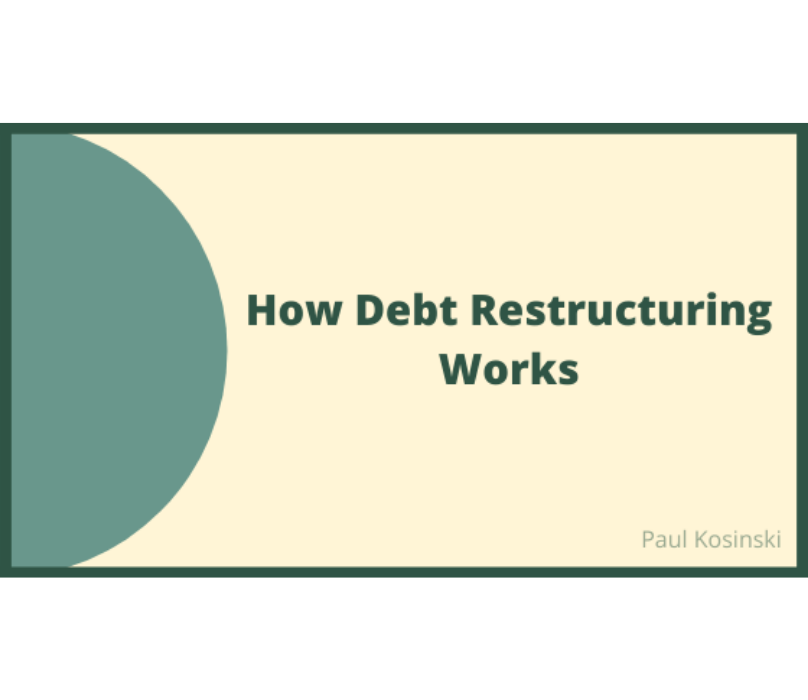
If a corporation, individual, or sovereign entity is struggling to pay their debts, one option is debt restructuring. The ability to restructure debt can prevent companies from defaulting on loans, filing for bankruptcy, or even going out of business entirely. It can also be a way to lower interest rates. Bankruptcy can be complicated and costly, so debt restructuring is often the better option when it comes to addressing a company’s financial woes. So how does debt restructuring work?
Direct Negotiations
Companies struggling to manage debt can negotiate directly with creditors to reorganize the payment terms on their debt. Defaults and bankruptcy can leave creditors with significantly diminished returns on their investment and no way to recoup their loss, so they are often willing to renegotiate payment terms by lowering interest rates or extending the deadline for repayment. Direct negotiations allow for more lenient repayment terms and can cut out the additional expense of having a third-party mediator. Sometimes companies will have no choice in the matter and can be forced by their creditors to restructure their debt if they cannot make the scheduled payments on the debt.
Companies struggling to manage debt can negotiate directly with creditors to reorganize the payment terms on their debt. Defaults and bankruptcy can leave creditors with significantly diminished returns on their investment and no way to recoup their loss, so they are often willing to renegotiate payment terms by lowering interest rates or extending the deadline for repayment. Direct negotiations allow for more lenient repayment terms and can cut out the additional expense of having a third-party mediator. Sometimes companies will have no choice in the matter and can be forced by their creditors to restructure their debt if they cannot make the scheduled payments on the debt.
Other Types of Debt Restructuring
Besides direct and informal negotiations, there are other possibilities when it comes to restructuring a company’s debt.
Besides direct and informal negotiations, there are other possibilities when it comes to restructuring a company’s debt.
---
To continue reading, please visit https://paulkosinski.com/how-debt-restructuring-works/


